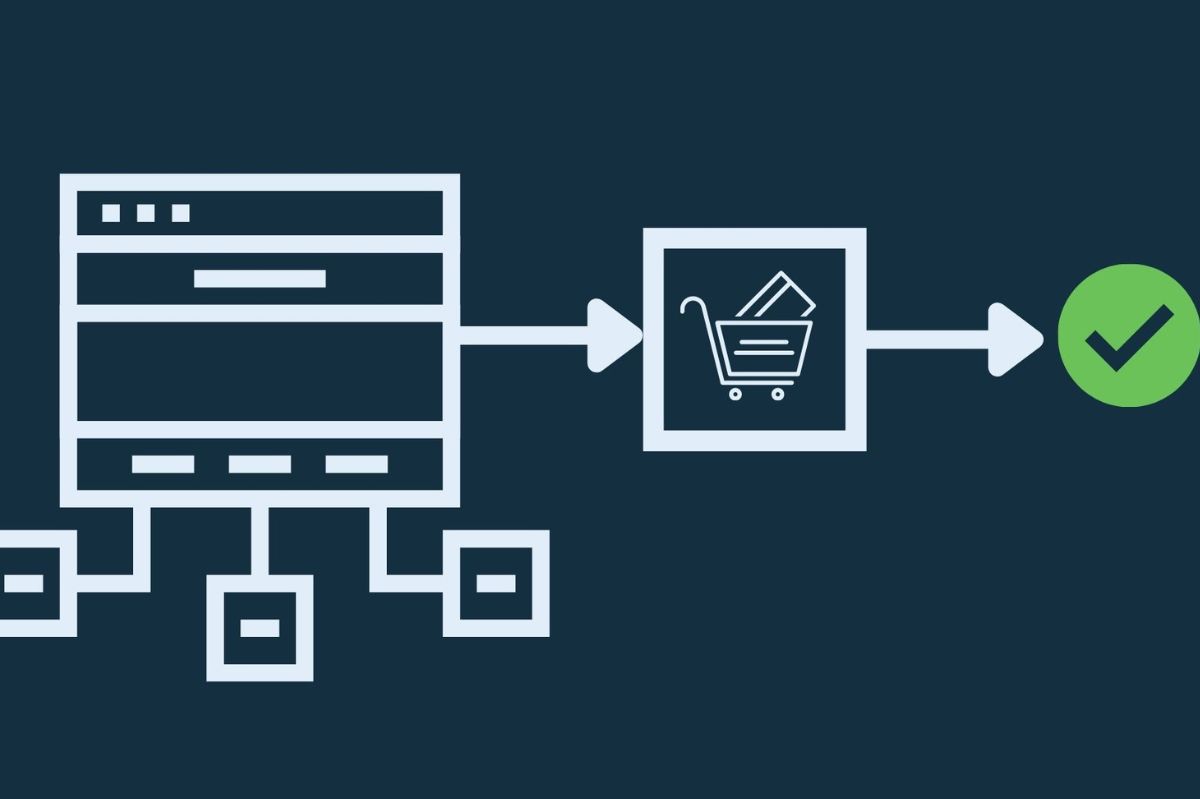Flows And Actions Of The UX Designer In The Design Of an E-Commerce

Imagine entering a shop where everything is confusing, there is no order, and finding what you are looking for becomes a real challenge. Frustrating, right? This could be your website or e-commerce if you need to pay attention to user experience(UX).
Today, we will talk about the crucial role of the UX designer in making the interaction with your digital platforms fluid and intuitive. Working as an architect, a UX designer maps user flows and designs actions to guide them towards their goals effortlessly.
But what exactly are these flows and actions? How do they influence the final user experience? And, more importantly, how can they be optimized to create an engaging and effective digital journey? Let’s find out together.
Table of Contents
Understanding the Fundamental Principles of UX Design
User experience design is based on key concepts such as usefulness, usability and desirability.
- Usefulness refers to the product’s ability to satisfy users’ needs and solve their problems.
- Usability concerns the ease with which users can interact with the product, including ease of learning and efficiency in use.
- Desirability focuses on the product’s aesthetic appearance and the ability to arouse positive emotions in its users.
Understanding these fundamental principles allows UX designers to guide the design process towards effective and meaningful user solutions.
The use of specific tools and techniques in UX design
UX designers use a wide range of tools and techniques to understand the needs and desires of users and create practical solutions to satisfy them; we are talking about interviews, surveys or tests, which help collect valuable information on their behaviour, expectations and preferences.
Another essential tool in UX design is creating personas.
Personas are semi-fictional representations of target users based on demographic, behavioural, and psychographic data.
These personae help UX designers focus on user goals during the design process and make informed decisions about the functionality and appearance of the user interface.
In addition to research and personae, UX designers also use techniques such as affect charting and interaction flow diagrams.
The first is a technique that allows you to map the emotions and reactions of users during interaction with an interface. In contrast, interaction flow diagrams visualize user paths within an application or website.
Finally, UX designers use digital tools such as prototyping and testing software.
These tools allow you to create interactive prototypes of proposed solutions and test them with users to evaluate the effectiveness and usability of the design.
Identification and analysis of user flows.
UX designers need to understand how users interact with the system, how they move from one point to another, and their actions.
Therefore, after having analyzed the target’s characteristics and needs, we create user flow maps, which graphically display the paths they follow to carry out certain actions.
These maps can highlight possible problems or inefficiencies in the flow, allowing UX designers to spot opportunities for improvement.
Through the analysis of user flows, UX designers can also identify points of friction that prevent certain actions from being carried out easily or quickly.
These obstacles can be eliminated or reduced through targeted interventions, such as introducing shortcuts or simplifying the process.
Collecting and analyzing quantitative data is equally important to identify the most frequent user flows, most visited pages, exit points, etc.
Tools like web analytics and A/B testing can provide insights into behaviours, allowing you to make evidence-based interactions.
Implementation of strategic actions to optimize user experience
This is a crucial step in the work of the UX designer.
Once the strategies to be adopted have been defined, they must be put into practice effectively.
First, you need to work on the user interface, ensuring it is intuitive and user-friendly.
This involves organizing content logically and coherently, using colours and fonts appropriately, and creating clear and easily recognizable icons and buttons.
Furthermore, testing the product’s usability with real users is essential.
Through usability tests, interviews and feedback analysis, any problems with navigation or understanding of the product can be identified, thus allowing the necessary changes to be made to improve the overall experience.
Testing and evaluating user experience: tools and techniques
This is a fundamental activity for UX designers to ensure the best possible user experience.
Numerous tools and techniques allow you to collect useful data and information to improve the design.
Among these tools, there are usability tests, which allow you to verify the effectiveness and efficiency of the product through direct observation of users during use.
Other useful tools include interviews, card sorting or A/B tests, which allow you to compare different variations of the same item.
Furthermore, it is possible to use analytics tools to monitor the behaviour of those who browse and obtain information on their actions and preferences.
Combining these techniques allows UX designers to obtain valuable feedback and constantly improve the user experience.
How UX design changes thanks to artificial intelligence
UX is benefiting from a profound transformation thanks to the implementation of artificial intelligence.
In the past, UX designers were committed to creating mobile-first usability, considering the dominance of mobile device usage.
Nowadays, users have become increasingly familiar with new ways of interaction, moving from the widespread use of smart speakers to the emergence of voice-based social networks.
AI is revolutionizing user-product interaction, with a transition from User Interface (UI) to Voice User Interface (VUI) playing an increasing role in everyday activities.
Conclusions
The future of user interfaces extends beyond physical screens as virtual assistants gain popularity and are expected to continue to do so. The integration between artificial intelligence technologies and user experience design is based on the understanding of human behaviour to simplify technological usability. AI and UX are increasingly converging to make interacting with products and services human-centred.
Also Read : Fundamentals Of Marketing Automation For E-Commerce
